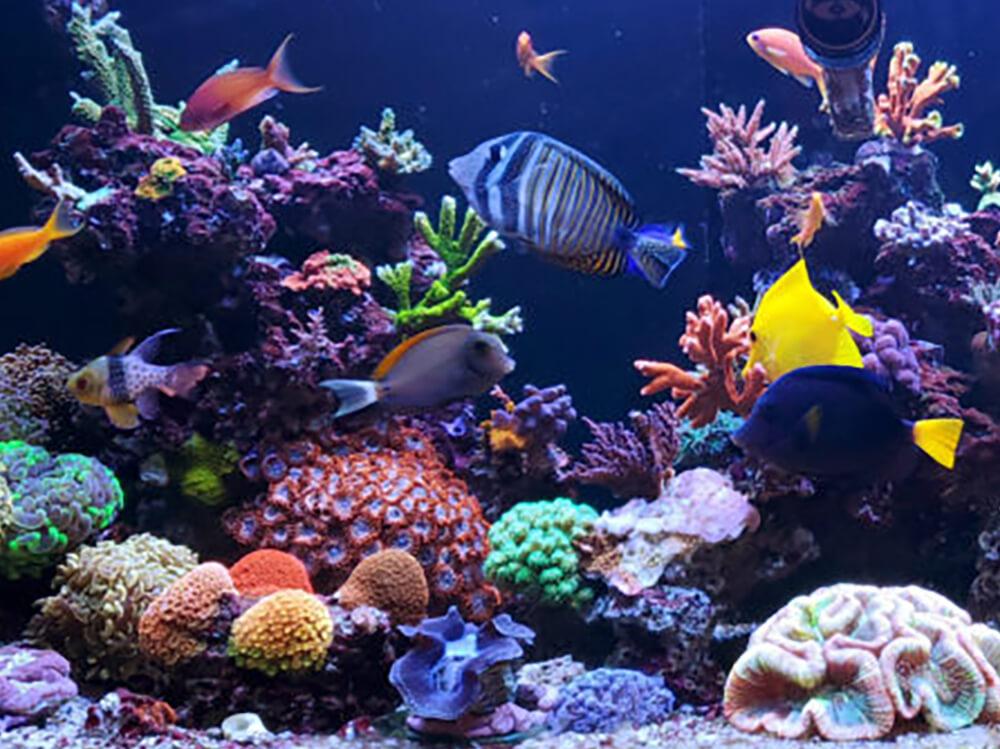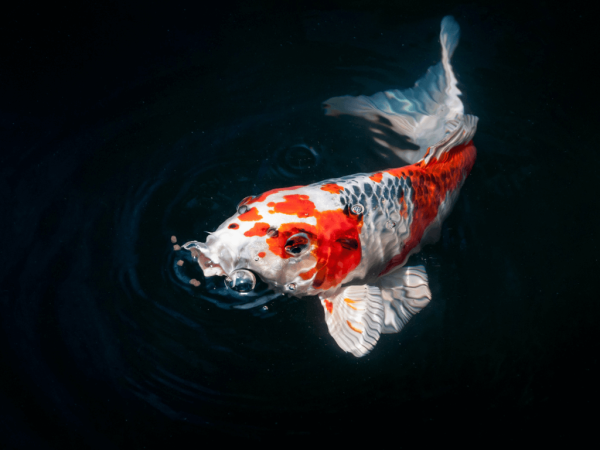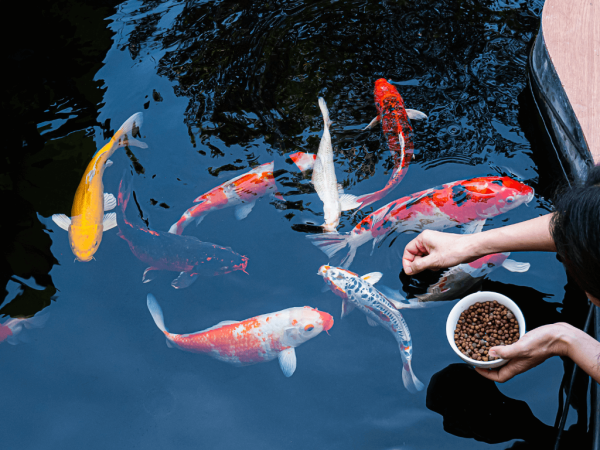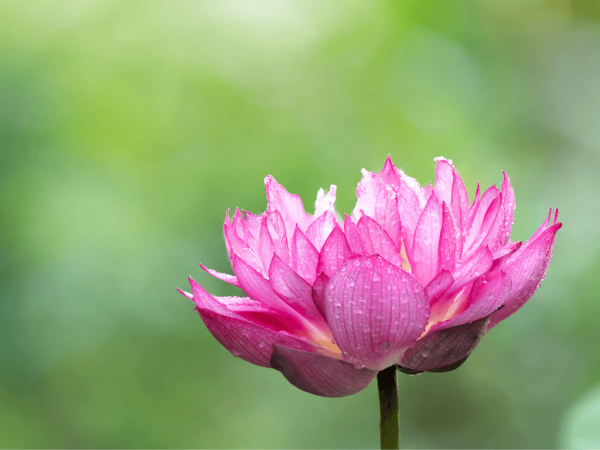What order should I add livestock to my marine tank?
Reef tanks take time to mature and within that time conditions may not necessarily be at their best for all inhabitants. Because of this, we mature tanks slowly, adding livestock a bit at a time. We add the hardiest creatures first and the most sensitive ones last.
Mature the tank first
The first water quality issue will be ammonia and no living creature should be exposed to that. Fishless-Cycle the tank using an ammonia source and live beneficial bacteria. Add the ammonia and monitor the water until ammonia is being converted into nitrite and then nitrate. Once that’s happening ammonia dosing can stop and fish can be added.
Then add fish
Tank bred clownfish are popular and hardy, and they’re on the list of most new reefkeepers. Other hardy marines include damselfish (although some species become very aggressive,) Royal Grammas, Firefish, Pyjama Wrasse and another type of Damselfish - Green Chromis. Add the clownfish first, observe for a week, checking they are feeding and water quality is ok, and then add two more like the firefish and wrasse, and so on, checking water quality each time you do so.
Add Invertebrates to graze algae
All new reef tanks suffer from nuisance algae so once the fish are in and being fed, phosphate will build up and nuisance algae will start to grow. That’s when you need a clean-up crew. Start with reef safe hermit crabs and one or several types of algae-eating snail including Trochus, Astrea, Tectus and Mexican Turbo snails. Even nano tanks should be stocked with five snails and five hermits, and large reef tanks can have many, many more.
Snails and hermits will eat algae on the glass and rocks between them, the hermits also eating any uneaten fish food. Again, water quality permitting, Nassarius snails can then be added along with sand sifting starfish to help to keep the sand bed clean.
When to add corals
Corals must have water of the correct chemistry in order to thrive, so before you buy any you’ll need to purchase test kits for KH, Calcium, Magnesium, Phosphate and Nitrate. It’s worth checking the salinity with a refractometer too.
Use phosphate remover to get rid of phosphate before you add any corals. And if the nitrate level is above 10ppm, change the water until the level comes down. Once your tank has a salinity of 1.024-1.026, KH of 7-8, Calcium of 400-500, Magnesium of 1300-1500 and Phosphate that’s below 0.5ppm you should be ok to add the first corals. As long as water flow, lighting and temperature are also ok too.
Start off with hardy soft corals like Toadstools, Finger corals, Tree corals and Mushrooms, then observe over the next few weeks. If you maintain consistently good chemistry with buffers or auto dosing some hardy LPS corals can be next. Choose Duncan’s corals, Trumpets and Acans, then test, observe and give it a few more weeks.
If you have high-powered LED lighting and strong wave-making pumps, as long as water quality is very good, you can move up to SPS corals, but stick to tank-cultured frags as they are hardier than wild specimens. Choose Montipora, Seriatopora and Stylophora before trying captive-raised Acropora frags.
How long to stock a marine tank?
A reef tank can take a year or more to fully mature and within that time it will be prone to nuisance algae. It takes time for microbial populations, beneficial algae and sponges to form but once they have the tank will be a lot more stable. Rushed tanks often suffer from disease outbreaks which then call for the use of medications, which damage maturation. Patience is absolutely key to setting up and maintaining a successful reef tank.









